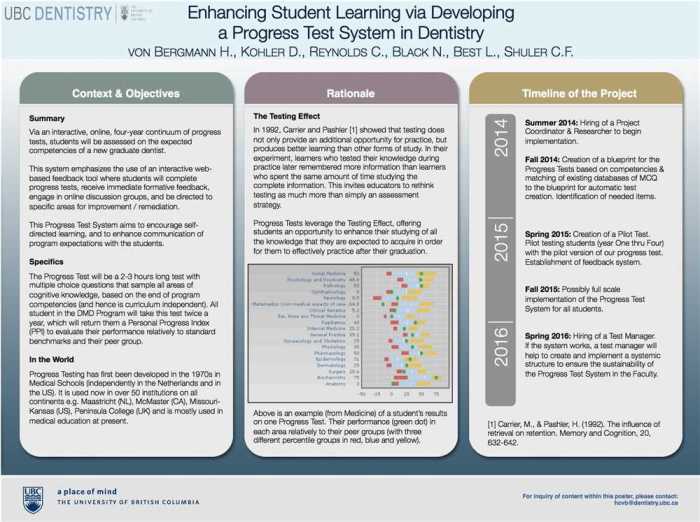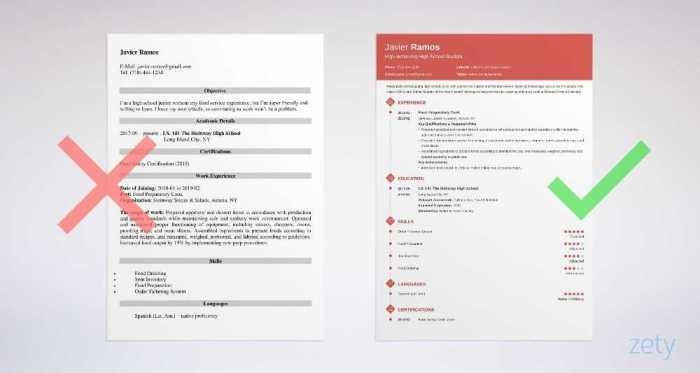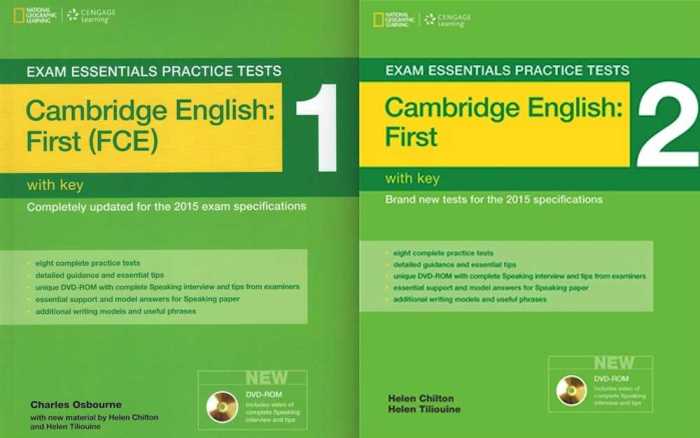Welcome to the ultimate guide to the HOSA Physical Therapy Practice Test. This comprehensive resource provides a thorough overview of the test, its content, scoring, and preparation strategies. Whether you’re an aspiring physical therapist or a seasoned professional seeking certification, this guide will equip you with the knowledge and tools to excel in the HOSA Physical Therapy Practice Test.
The HOSA Physical Therapy Practice Test is a valuable assessment tool designed to evaluate your knowledge and skills in physical therapy. By understanding the test’s format, content, and difficulty level, you can develop an effective study plan and maximize your performance.
Hosa Physical Therapy Practice Test Overview

The Hosa Physical Therapy Practice Test is a comprehensive assessment tool designed to help physical therapy students and practitioners evaluate their knowledge and skills in the field of physical therapy.
The test covers a wide range of topics relevant to physical therapy practice, including musculoskeletal anatomy, physiology, pathology, assessment, intervention, and professional practice.
Purpose and Target Audience
The Hosa Physical Therapy Practice Test is intended to provide students and practitioners with an opportunity to:
- Assess their current level of knowledge and skills in physical therapy.
- Identify areas where they need additional study or training.
- Prepare for the National Physical Therapy Examination (NPTE).
The test is appropriate for students in physical therapy programs, as well as practicing physical therapists who are seeking to enhance their knowledge and skills.
Format and Structure
The Hosa Physical Therapy Practice Test consists of 200 multiple-choice questions.
The test is divided into four sections:
- Musculoskeletal Anatomy and Physiology
- Pathology and Assessment
- Intervention
- Professional Practice
Each section contains 50 questions, which are further divided into subsections.
Content and Coverage: Hosa Physical Therapy Practice Test
The HOSA Physical Therapy Practice Test covers a wide range of topics and skills essential for success in physical therapy.
The test is divided into two sections:
- Section 1: Multiple Choice
This section consists of 75 multiple-choice questions that cover the following topics:
- Anatomy and Physiology: The structure and function of the human body
- Kinesiology: The study of human movement
- Pathology: The study of disease
- Physical Therapy Principles and Practice: The principles and techniques used in physical therapy
- Section 2: Case Study
This section consists of one case study that requires students to apply their knowledge and skills to a real-world situation.
The depth and complexity of the content tested on the HOSA Physical Therapy Practice Test varies depending on the topic.
For example, the anatomy and physiology questions are typically more detailed and complex than the kinesiology questions.
However, all of the questions are designed to assess students’ understanding of the fundamental principles and concepts of physical therapy.
Question Types and Difficulty

The Hosa Physical Therapy Practice Test employs a range of question types to assess candidates’ knowledge and skills in physical therapy. These question types vary in difficulty level and target specific aspects of the content.
Multiple Choice Questions
Multiple choice questions present candidates with a question or statement followed by several possible answers. Candidates must select the single best answer from the options provided. These questions are typically considered to be of moderate difficulty, as they require candidates to have a good understanding of the concepts being tested.
True/False Questions
True/false questions present candidates with a statement and ask them to indicate whether it is true or false. These questions are typically considered to be of low difficulty, as they require candidates to have a basic understanding of the concepts being tested.
Short Answer Questions, Hosa physical therapy practice test
Short answer questions present candidates with a question and ask them to provide a brief written response. These questions can vary in difficulty depending on the specificity of the question and the level of detail required in the answer.
Case Study Questions
Case study questions present candidates with a clinical scenario and ask them to analyze the situation and provide appropriate recommendations. These questions are typically considered to be of high difficulty, as they require candidates to apply their knowledge and skills to real-world situations.
Distribution of Question Types
The distribution of question types across the different content areas of the Hosa Physical Therapy Practice Test varies depending on the specific content area. In general, multiple choice questions are the most common type of question, followed by true/false questions, short answer questions, and case study questions.
Scoring and Interpretation

The Hosa Physical Therapy Practice Test utilizes a comprehensive scoring system to assess candidates’ knowledge and skills in physical therapy. The test results provide valuable insights into strengths and areas for improvement, aiding in the preparation for the actual Hosa Physical Therapy Competitive Events.
Scoring System
The test comprises multiple-choice questions, each carrying a specific number of points. The total score is calculated by summing up the points earned for each correctly answered question. The maximum possible score varies depending on the version of the practice test.
Interpreting Test Results
The test results are categorized into different score ranges, each with its corresponding implications:
- Excellent (90% and above):Indicates a strong understanding of physical therapy concepts and a high level of readiness for the competitive events.
- Good (80-89%):Demonstrates a solid grasp of the material and the potential to perform well in the competitive events with additional preparation.
- Average (70-79%):Indicates a need for further review and practice to enhance understanding and improve performance in the competitive events.
- Below Average (Below 70%):Suggests significant gaps in knowledge and skills, requiring substantial preparation and support to achieve success in the competitive events.
Preparation Strategies

Preparing for the Hosa Physical Therapy Practice Test requires a comprehensive approach that combines effective study strategies, the utilization of appropriate resources, and techniques for managing time and stress during the exam.
Study Materials and Resources
To ensure thorough preparation, it is crucial to access high-quality study materials that align with the test’s content and coverage. These materials may include textbooks, online resources, and practice tests. Textbooks provide a comprehensive overview of the subject matter, while online resources offer interactive simulations, videos, and practice questions.
Practice tests are invaluable for familiarizing oneself with the test format, question types, and time constraints.
Practice Methods
Effective practice methods involve active engagement with the material. Engaging in regular practice sessions helps reinforce concepts, improve recall, and build confidence. Utilize practice tests to simulate the actual exam environment and identify areas that require further attention. Focus on understanding the underlying concepts rather than simply memorizing facts.
Consider forming study groups or working with a tutor to enhance comprehension and foster collaborative learning.
Time Management and Stress Reduction
Time management is critical during the exam. Prioritize studying key concepts and allocate time wisely. Familiarize yourself with the test format and time limits to optimize your performance. To manage stress, engage in relaxation techniques such as deep breathing exercises or meditation.
Adequate sleep and a balanced diet are also essential for maintaining focus and reducing anxiety.
Comparison to Other Tests
The Hosa Physical Therapy Practice Test shares similarities and differences with other assessments in the field of physical therapy. Understanding these comparisons can provide valuable insights into the strengths and limitations of each test.
One notable comparison is with the National Physical Therapy Examination (NPTE). Both tests assess a broad range of physical therapy knowledge and skills, including musculoskeletal, neurological, and cardiopulmonary content. However, the NPTE is a standardized exam required for licensure, while the Hosa Practice Test is a preparatory tool for students.
Content and Format
The Hosa Practice Test typically covers a wide range of physical therapy topics, similar to the NPTE. However, the depth and complexity of the content may vary. The NPTE is known for its rigorous and comprehensive assessment, while the Hosa Practice Test may focus more on foundational knowledge and practice scenarios.
In terms of format, the Hosa Practice Test often includes multiple-choice questions, similar to the NPTE. However, the NPTE also incorporates case studies and simulations, which are not typically found in the Hosa Practice Test.
Difficulty
The difficulty of the Hosa Practice Test is generally considered to be moderate, providing a challenging yet accessible assessment for students. The NPTE, on the other hand, is renowned for its high level of difficulty, requiring extensive preparation and a strong understanding of physical therapy concepts.
Advantages and Disadvantages
Each test has its own advantages and disadvantages. The Hosa Practice Test serves as an excellent study tool for students preparing for the NPTE. It provides a comprehensive overview of physical therapy knowledge and identifies areas for improvement. However, it may not fully replicate the rigor and complexity of the actual NPTE.
The NPTE, while more challenging, is the gold standard for assessing physical therapy competence. It ensures that licensed physical therapists possess the necessary knowledge and skills to practice safely and effectively.
Popular Questions
What is the purpose of the HOSA Physical Therapy Practice Test?
The HOSA Physical Therapy Practice Test is designed to assess the knowledge and skills of physical therapy students and professionals in preparation for the HOSA Physical Therapy Competitive Event.
What content areas are covered on the test?
The test covers a wide range of physical therapy topics, including anatomy, physiology, biomechanics, pathology, and treatment techniques.
What is the difficulty level of the test?
The test is designed to be challenging but fair, with questions ranging from basic to advanced difficulty levels.
How can I prepare for the test?
Effective preparation strategies include studying textbooks, attending lectures, practicing with practice tests, and seeking guidance from physical therapy professionals.